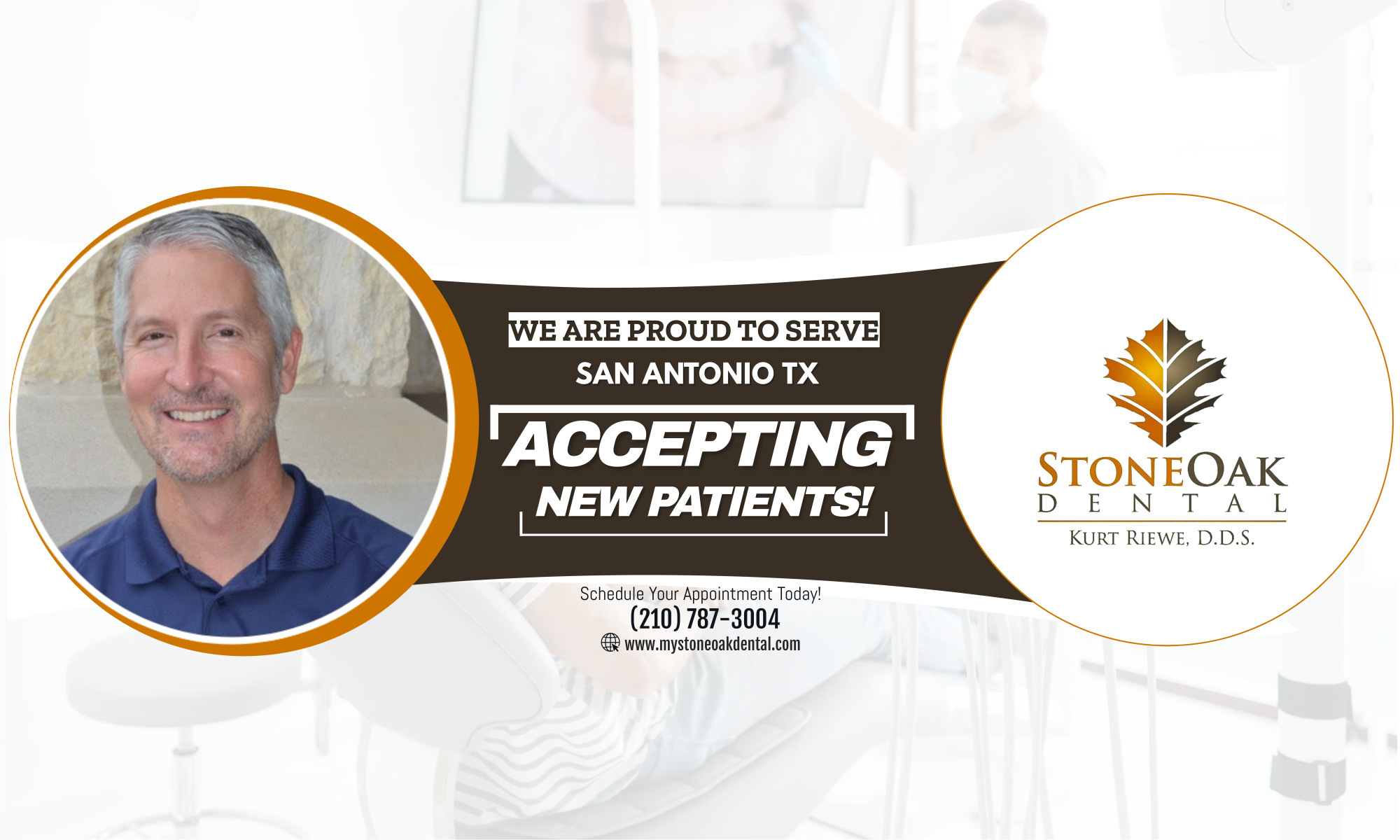Maintaining proper nutrition is important for everyone, young or old but many older adults find it difficult to eat a balanced diet.
They may avoid meats, raw vegetables and fresh fruits because they have trouble chewing or swallowing.
These problems can be caused by painful teeth, ill-fitting dentures, dry mouth or changes in facial muscles.
Others find their sense of taste has changed, sometimes due to a disease or certain medications.
As a result, older adults often have diets lacking in calcium, protein and other nutrients essential to dental and overall health.
A balanced diet has to be based on the five food groups:
– Milk and dairy products
– Breads and cereals
– Meats and dried beans
– Fruits
– Vegetables
Sometimes a multi-vitamin or mineral supplement will help but it’s best to use supplements only after discussion with your physician.
If your teeth are stopping you from eating the food you enjoy – or that you need for good health – your dentist will be able to help you find a solution.
